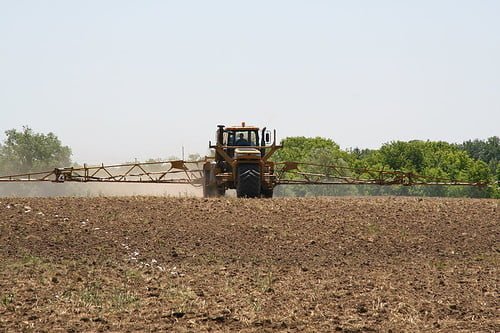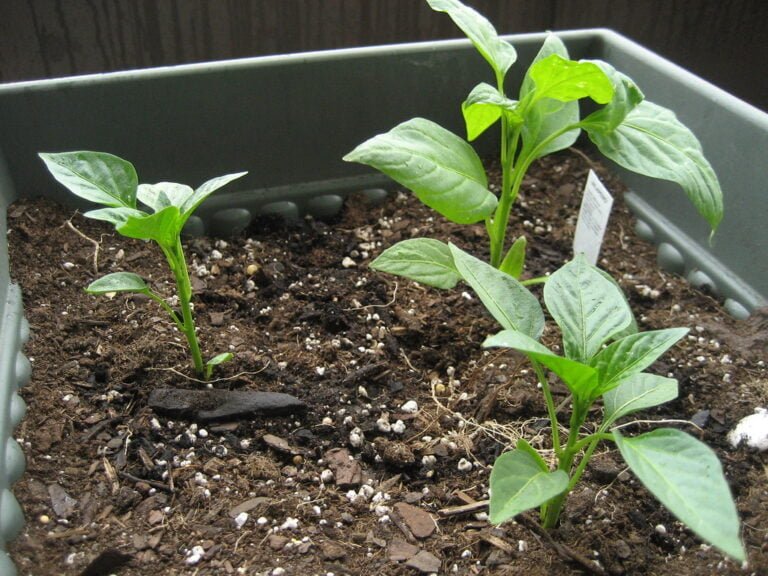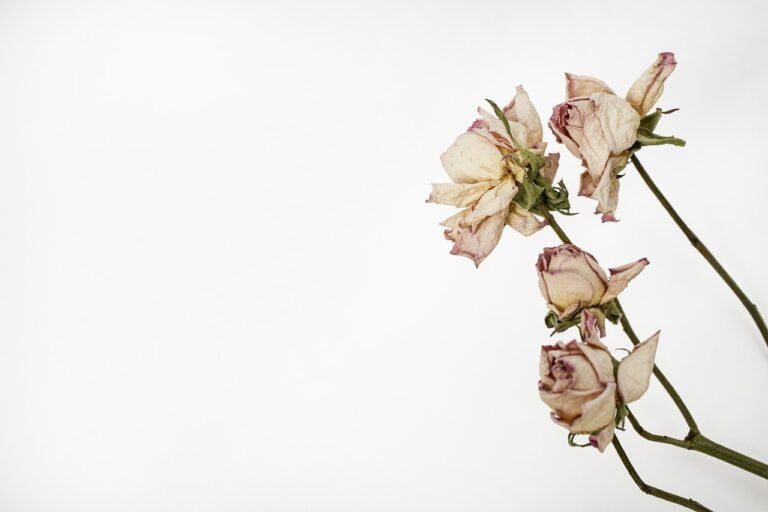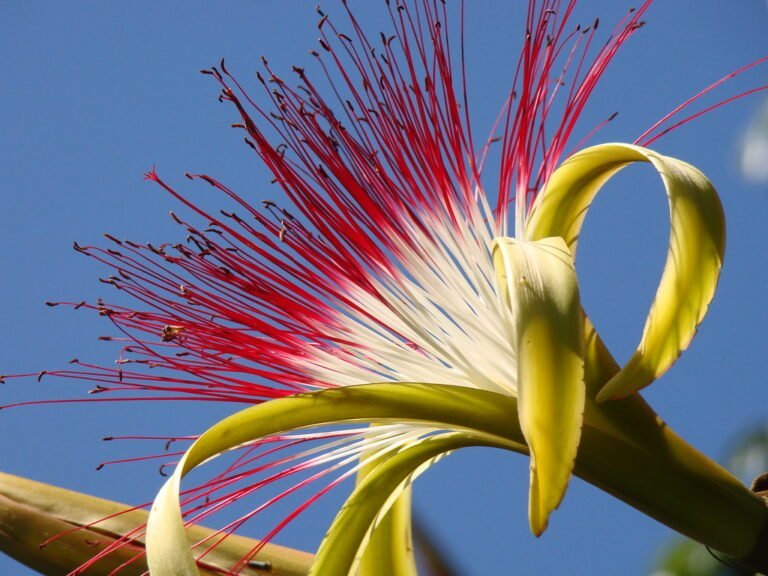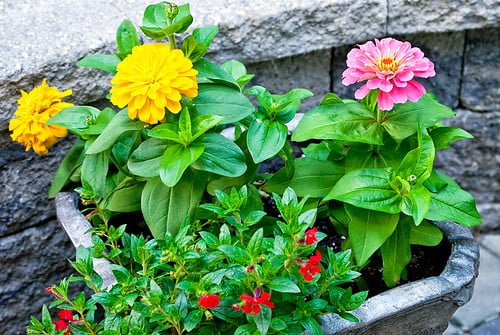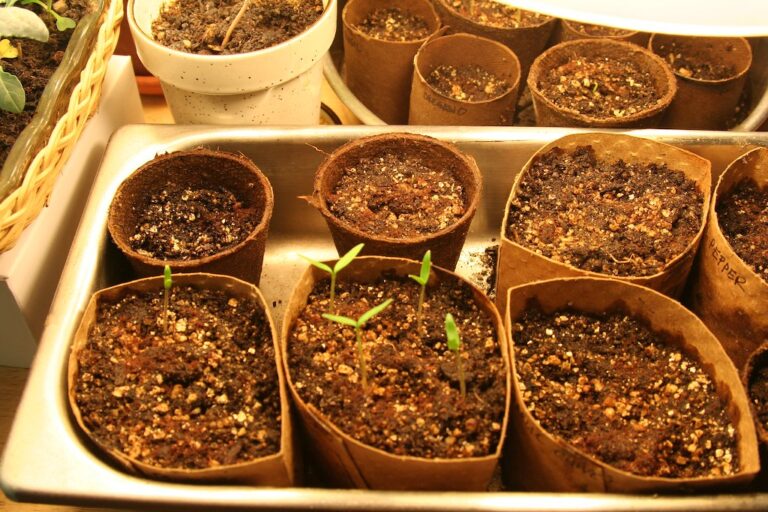The Lifespan of Potting Mix: How Long Does It Last?
Are you wondering how long your potting mix will last? Discover the factors that affect its lifespan and learn practical tips to extend its usability. Understanding the role of organic matter, nutrient depletion, moisture levels, and pH balance are key to maintaining the longevity of your potting mix. Keep an eye out for signs of degradation and know when it's time to replace it. With the right knowledge and sustainable practices, you can make the most out of your potting mix.
Factors Affecting Potting Mix Lifespan
To maximize the longevity of your potting mix, it is important to consider various factors that can affect its lifespan. One key factor to consider is the quality of the potting mix itself. Using a high-quality mix that is well-draining and rich in organic matter can significantly extend its lifespan. Another factor to consider is the type of container you use. Porous containers, such as clay pots, allow for better airflow and drainage, which can help prevent the mix from becoming compacted and waterlogged. Additionally, proper watering and fertilization practices can also impact the lifespan of your potting mix. Overwatering or using too much fertilizer can lead to nutrient imbalances and the breakdown of the mix over time. By paying attention to these factors, you can ensure that your potting mix lasts longer, providing a healthy environment for your plants.
The Role of Organic Matter in Potting Mix Longevity
Organic matter plays a crucial role in extending the lifespan of your potting mix. When it comes to potting mix, organic matter refers to materials such as compost, peat moss, and bark. These organic materials are rich in nutrients, help retain moisture, and improve soil structure. By incorporating organic matter into your potting mix, you are providing a steady supply of nutrients to your plants, which promotes healthy growth and development. Additionally, organic matter helps improve the water-holding capacity of the potting mix, allowing it to retain moisture for longer periods. This is particularly beneficial during dry spells or when you are unable to water your plants regularly. Furthermore, organic matter aids in maintaining proper soil structure, preventing compaction and allowing roots to penetrate easily. By including organic matter in your potting mix, you can ensure that your plants thrive and your potting mix lasts longer.
Understanding Nutrient Depletion in Potting Mix
As your potting mix ages, it undergoes a process of nutrient depletion that can impact the health and vitality of your plants. Understanding how nutrients are depleted can help you make informed decisions to maintain the nutrient balance in your potting mix. Initially, potting mix contains a rich blend of organic matter and nutrients that support plant growth. However, over time, plants absorb these nutrients, leaving the potting mix depleted. This depletion can be accelerated by factors such as frequent watering and leaching, which washes away nutrients. Additionally, microbial activity in the potting mix can break down organic matter, further depleting nutrients. To combat nutrient depletion, it is important to regularly replenish your potting mix with organic fertilizers or compost. By monitoring nutrient levels and providing adequate supplementation, you can ensure the long-term health and productivity of your plants.
Managing Moisture Levels for Extended Potting Mix Lifespan
To extend the lifespan of your potting mix, manage moisture levels carefully. Proper moisture management is crucial for the health and longevity of your plants. Too much water can lead to root rot and nutrient leaching, while too little water can cause dehydration and stunted growth. The key is to strike a balance and provide your plants with the right amount of moisture. Start by watering your plants thoroughly, allowing the excess water to drain out. Then, let the top inch of soil dry out before watering again. Regularly check the moisture level by sticking your finger into the soil. If it feels dry, it's time to water. Remember, different plants have different moisture requirements, so it's important to research and understand the needs of each individual plant. By carefully managing moisture levels, you can ensure a healthy and thriving potting mix for your plants.
Controlling Ph Balance in Potting Mix for Longevity
Managing the pH balance in your potting mix is essential for ensuring its longevity and the overall health of your plants. The pH level affects the availability of nutrients in the soil and the ability of plants to absorb them. Most plants thrive in a slightly acidic to neutral pH range of 6.0 to 7.0. To control the pH balance in your potting mix, you can use additives such as lime to raise the pH or sulfur to lower it. It's important to test the pH regularly using a soil pH meter or testing kit and make adjustments as needed. Additionally, using acidic fertilizers or organic matter, such as peat moss, can help maintain a balanced pH level. By maintaining the proper pH balance, you can ensure the longevity of your potting mix and promote healthy plant growth.
Preventing Disease and Pest Infestations in Potting Mix
Maintain the health of your potting mix and prevent disease and pest infestations by implementing proper care and sanitation practices. Start by using clean containers and tools when handling your potting mix. This will help avoid introducing any harmful pathogens or pests. Additionally, make sure to water your plants properly, allowing the soil to dry out slightly between waterings. Overwatering can create a damp environment that is conducive to disease and pest infestations. Furthermore, regularly inspect your plants for any signs of disease or pests. If you notice any issues, promptly remove and dispose of affected plants or parts to prevent the spread of disease. Finally, consider using organic pest control methods, such as introducing beneficial insects or applying natural pest repellents, to keep your potting mix healthy and pest-free.
Storage and Shelf Life of Potting Mix
You can extend the storage and shelf life of your potting mix by properly storing it in a cool, dry place. When it comes to storing potting mix, moisture is the enemy. Excess moisture can lead to the growth of mold, fungi, and bacteria, which can render your potting mix unusable. To prevent this, ensure that the storage area is well-ventilated and free from any sources of moisture. Additionally, it is important to keep your potting mix away from direct sunlight, as prolonged exposure can cause the mix to dry out and lose its effectiveness. By following these simple storage guidelines, you can maximize the lifespan of your potting mix and ensure that it remains in good condition for future use.
Signs of Potting Mix Degradation and When to Replace
To determine when it is necessary to replace your potting mix, watch for signs of degradation such as foul odors or the presence of pests. These indicators suggest that the potting mix is no longer suitable for use and should be replaced. Foul odors may indicate the presence of anaerobic bacteria or mold, which can harm your plants and hinder their growth. Additionally, pests like gnats or fungus gnats can infest the potting mix, causing damage to the roots and making it difficult for your plants to absorb nutrients. If you notice any of these signs, it is important to replace the potting mix as soon as possible to prevent further damage and ensure the health and vitality of your plants. Regularly checking for these signs of degradation will help you maintain a healthy growing environment for your plants.
Revitalizing Old Potting Mix: Tips and Techniques
Revive your tired potting mix with these effective techniques for revitalizing its nutrient content and moisture retention. When your potting mix starts to lose its potency, it doesn't mean you have to throw it away. With a little effort, you can restore its vitality and save some money in the process.
First, assess the condition of your potting mix. If it's only slightly degraded, you can simply add fresh compost or organic matter to replenish its nutrients. Mix it well to ensure even distribution.
If the potting mix has become compacted and waterlogged, you can improve its moisture retention by incorporating perlite or vermiculite. These materials will help loosen the mix and promote better drainage.
Additionally, consider adding a slow-release fertilizer to provide a steady supply of nutrients over time. This will help sustain the health and growth of your plants.
Remember to water the mix thoroughly after revitalizing it and check the moisture levels regularly to ensure optimal growing conditions.
Sustainable Practices for Prolonging Potting Mix Lifespan
Implementing sustainable practices is essential for prolonging the lifespan of your potting mix. By adopting these practices, not only will you save money in the long run, but you will also contribute to a healthier environment. One sustainable practice is to use organic fertilizers and amendments. These natural products enrich the soil with essential nutrients, promoting plant growth and reducing the need for frequent potting mix replacements. Additionally, practicing proper watering techniques is crucial. Overwatering can lead to soil compaction and nutrient leaching, while underwatering can cause the potting mix to dry out and become less effective. By finding the right balance and watering your plants appropriately, you can extend the lifespan of your potting mix. Lastly, consider reusing potting mix from previous containers. By removing debris and adding fresh organic matter, you can rejuvenate your potting mix and give it a new lease on life. By following these sustainable practices, you can ensure that your potting mix lasts longer, saving you time, money, and resources.
Conclusion
In conclusion, the lifespan of potting mix can vary depending on various factors such as organic matter content, nutrient depletion, moisture levels, and pH balance. By understanding these factors and implementing proper management techniques, you can prolong the lifespan of your potting mix. It is important to be aware of signs of degradation and know when to replace the mix. Additionally, revitalizing old potting mix and practicing sustainable gardening methods can also help extend its lifespan.

